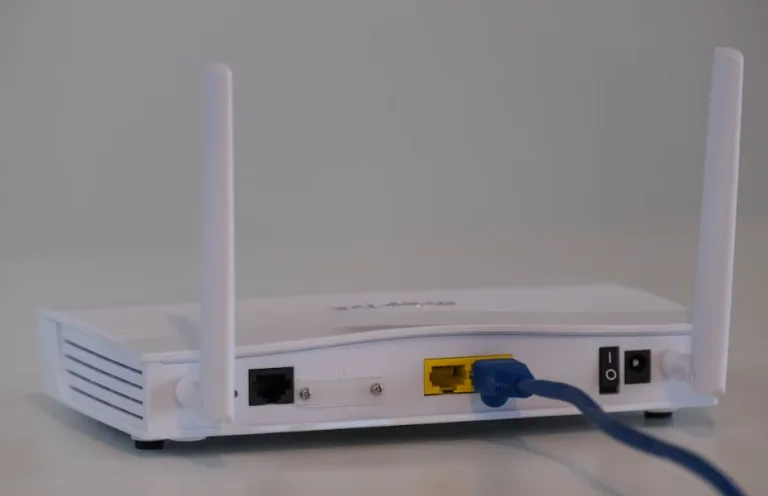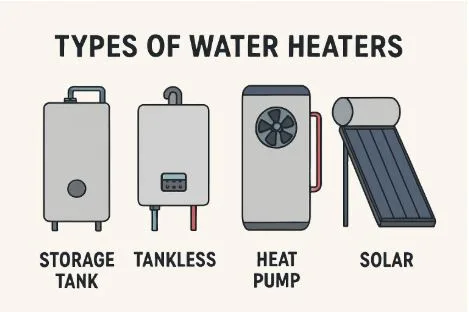The Rise of AI in Everyday Life: From Classrooms to Daily Tasks
The alarm buzzes at 7:00 a.m.—but not just any alarm. It’s adjusted itself based on your sleep cycles, thanks to AI. Your coffee brews just in time, the thermostat has already adjusted the room temperature, and your morning playlist flows based on mood predictions. It feels like science fiction, but it’s not. This is just Monday morning in the AI age.
Artificial Intelligence is no longer confined to research labs or massive tech companies. It’s in your kitchen, your inbox, your car—and now, quite boldly, in your classroom. What was once futuristic now lives in the socket beside your charger, in the apps on your phone, in the fabric of your daily decisions.
AI for School: The Digital Learning Curve
Let’s shift the lens from your smart fridge to the school desk. Education is evolving—quickly. AI for school has transformed from a niche curiosity into an everyday essential. No, it’s not about replacing teachers with robots (yet), but about augmenting the learning experience.
According to a 2024 study by HolonIQ, 48% of high school students in the U.S. now regularly use AI-powered platforms for homework help. These aren’t just answer-generating bots. They adapt, explain, question back, and even nudge students toward understanding instead of copying.
Take Math AI, for example. Math solver is not simply a calculator on steroids. Instead, the math app guides the student through the problem-solving journey. Here is the link for fast download from the App Store. Students upload a math question—algebra, calculus, statistics—and Math AI breaks it down step by step, offering explanations, contextual hints, and even real-world examples to deepen comprehension. It’s like having a patient, tireless tutor in your pocket.
Homework Help or Cognitive Revolution?
Here’s the twist: what started as “homework help” is reshaping how young minds think. When students use Math AI, they aren’t skipping effort—they’re shifting it. They now spend less time stuck and more time exploring alternate solutions, engaging with theory, and building confidence.
Picture a ninth-grader who used to dread math. Now, with instant feedback, visual solutions, and interactive tools, the fear morphs into curiosity. AI becomes a bridge—not a crutch—connecting confusion with clarity.
And this ripple extends beyond school. Students using AI tools demonstrate a 27% higher rate of conceptual retention after one semester, according to a report by the Education AI Consortium (2023). That’s not just convenience; it’s transformation.
The Invisible Assistant: Everyday AI Outside the Classroom
Beyond schools, AI quietly powers countless daily decisions. When you type a message and your phone finishes your sentence? That’s AI. When your grocery app predicts you’re low on milk and adds it to the list? That’s AI. From health-monitoring wearables to smart traffic systems adjusting in real-time, AI’s footprint is everywhere.
But here’s the kicker: most people don’t even notice. AI’s rise has been subtle. Seamless. Wrapped in the interface of simplicity. You don’t need to “use” AI anymore—you’re already using it by default.
It manages your email filters, recommends your next workout, translates foreign signs in real-time through your camera. A quiet revolution wrapped in code.
Time Saved Is Time Reinvested
In practical terms, what does this all mean? Efficiency. Not the cold, mechanical kind. But the human kind—more time to create, reflect, question.
Students using AI tools like Math AI report finishing assignments 35% faster. That’s not just numbers—it’s hours back in their lives. Time they can reinvest in deeper learning, extracurricular activities, or just getting some sleep (which AI can also help optimize, by the way).
In the workplace, AI-enhanced productivity tools reduce repetitive tasks by up to 40%, according to a 2023 McKinsey report. Translation? More bandwidth for creativity and decision-making.
Are We Becoming Too Dependent?
A fair question—raised often. If AI does the heavy lifting, what do humans do? The answer isn’t simple. But here’s the nuance: good AI doesn’t replace thought. It refocuses it.
Instead of memorizing formulas, students analyze problems. Instead of drafting reports from scratch, professionals refine insights. This isn’t laziness—it’s evolution. A redefinition of intellectual labor.
Still, balance is crucial. Relying too heavily on AI without understanding the logic beneath can weaken core skills. That’s why smart tools like Math AI emphasize explanation over solution. Use AI, yes—but know why it works.
The Generational Shift
For Gen Z—and soon, Gen Alpha—AI isn’t new tech. It’s background noise. As natural as flipping a light switch. And this shapes how they learn, solve, interact, even think.
When AI is baked into everyday life, tech literacy becomes a baseline. Students no longer ask “Should I use AI?” They ask “Which tool is best for this problem?” A subtle but powerful shift.
Educational apps like Math AI aren’t just digital helpers; they’re part of a broader ecosystem where learning is personalized, responsive, and always-on. It’s not the future of learning—it’s the now.
Conclusion: Intelligence, Distributed
So, what’s really happening? Intelligence is being redistributed. Not centralized in institutions or experts, but scattered across apps, devices, systems—and made accessible.
Whether it’s a student solving calculus on Math AI at 11 p.m., a teacher creating adaptive lesson plans, or a parent using AI to organize family routines—the core idea remains: AI enhances what we already do.
It’s not magic. It’s math. It’s algorithms. It’s years of coding made invisible by intuitive design. But above all, it’s human ambition amplified. And that’s the real power behind AI in everyday life.
Welcome to the age of integrated intelligence. You’re not just living in it. You’re already part of it.






